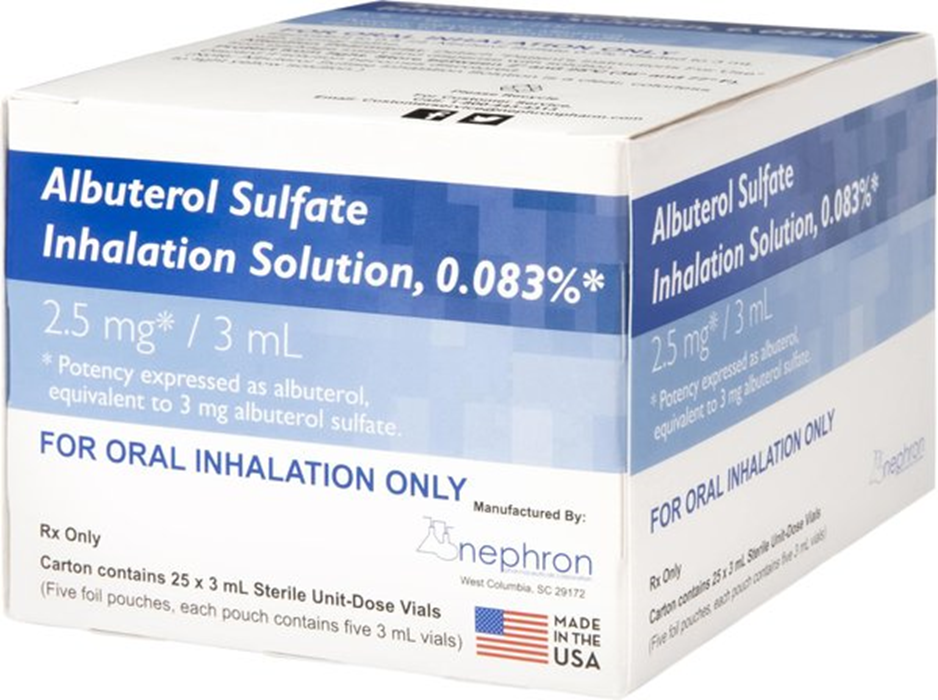A nurse is caring for a child who has red marks across his cheeks. Which of the following actions should the nurse take?
Assess the rest of the child's body for a rash.
Refer the family to child protective services.
Question the parents about how the marks occurred on the child's cheeks.
Obtain the child's temperature.
The Correct Answer is A
Choice A reason: Assess the rest of the child's body for a rash.
The child's red marks across the cheeks are characteristic of fifth disease (also known as erythema infectiosum). Fifth disease is caused by parvovirus B19 and typically presents with a bright red rash on the cheeks, often referred to as "slapped cheek" appearance. The rash may eventually spread to other areas of the body, including the arms, trunk, thighs, and buttocks. It is usually mild and self-limiting.
Choice B reason: This option is not appropriate for a rash caused by fifth disease. There is no indication of child abuse or neglect.
Choice C reason: The rash is due to a viral infection and not related to trauma or injury. Questioning the parents is unnecessary.
Choice D reason: While assessing the child's temperature is important in general nursing care, it is not specifically related to the red marks on the cheeks in this case.
Nursing Test Bank
Naxlex Comprehensive Predictor Exams
Related Questions
Correct Answer is C
Explanation
Choice A reason: Acetaminophen suppository is not a likely prescription, as it is used to reduce fever and pain, which are not the main problems of the toddler. The toddler has a high axillary temperature of 39.5°C (103.1°F), which is not considered a fever in children under 2 years old. The normal axillary temperature range for children is 36.5°C to 37.5°C (97.7°F to 99.5°F).
Choice B reason: Oral rehydration solution is not a probable prescription, as it is used to prevent or treat dehydration caused by diarrhea, vomiting, or excessive sweating, which are not the main problems of the toddler. The toddler has a normal respiratory rate of 22/min and oxygen saturation of 98%, which indicate adequate hydration and oxygenation.
Choice C reason: Nebulized albuterol is a possible prescription, as it is used to treat bronchospasm, which is a common complication of respiratory infections in children. The toddler has a high apical heart rate of 142/min, which may indicate respiratory distress or hypoxia. The toddler is also pulling at his ear, which may indicate an ear infection or pain.

Choice D reason: Intravenous antibiotics are not a likely prescription, as they are used to treat bacterial infections, which are not the main problems of the toddler. The toddler has no signs or symptoms of a bacterial infection, such as purulent discharge, foul odor, or localized inflammation. The toddler may have a viral infection, which does not respond to antibiotics.
Correct Answer is A
Explanation
Choice A reason: A 24-gauge catheter is appropriate for a small and fragile vein of a 12-month-old infant. It minimizes the risk of damaging the vein and ensures the comfort of the infant during IV therapy.
Choice B reason: Starting an IV in the infant's foot is not the first choice due to the risk of movement dislodging the catheter. The hand or the antecubital fossa are preferred sites for IV insertion in infants.
Choice C reason: While it is important to cover the IV insertion site, an opaque dressing is not necessary. A transparent dressing is preferred as it allows for continuous visibility of the site for signs of infection or phlebitis.
Choice D reason: The IV site should not be routinely changed every 3 days. It should be changed based on clinical indications such as signs of infection, infiltration, or phlebitis, or if the IV becomes dislodged.
Whether you are a student looking to ace your exams or a practicing nurse seeking to enhance your expertise , our nursing education contents will empower you with the confidence and competence to make a difference in the lives of patients and become a respected leader in the healthcare field.
Visit Naxlex, invest in your future and unlock endless possibilities with our unparalleled nursing education contents today
Report Wrong Answer on the Current Question
Do you disagree with the answer? If yes, what is your expected answer? Explain.
Kindly be descriptive with the issue you are facing.
